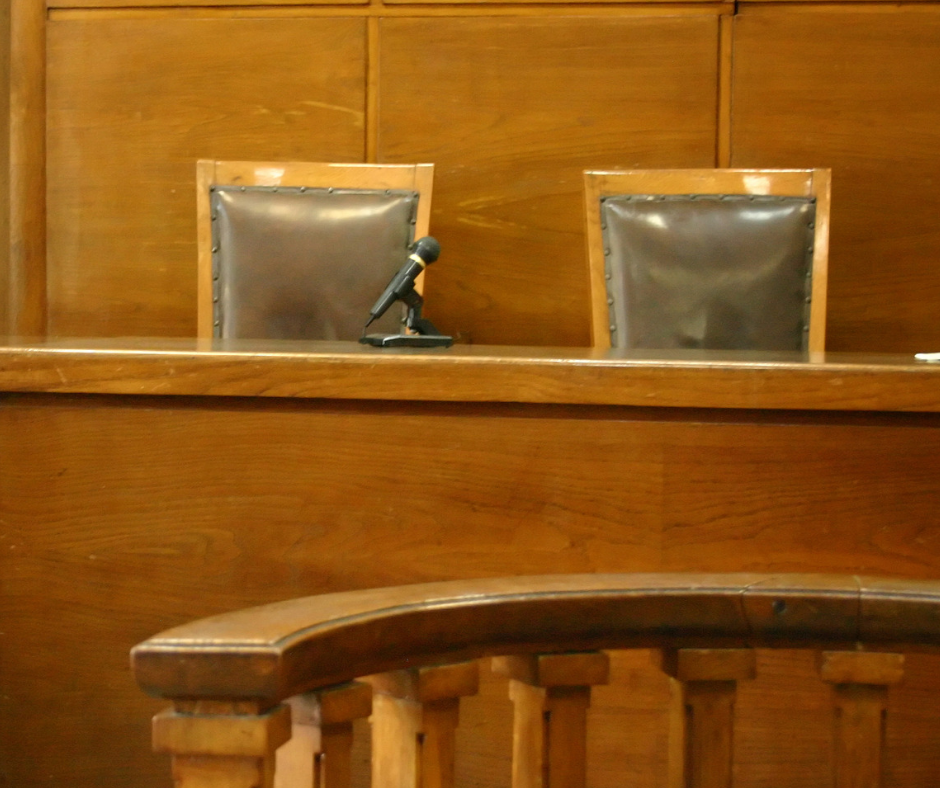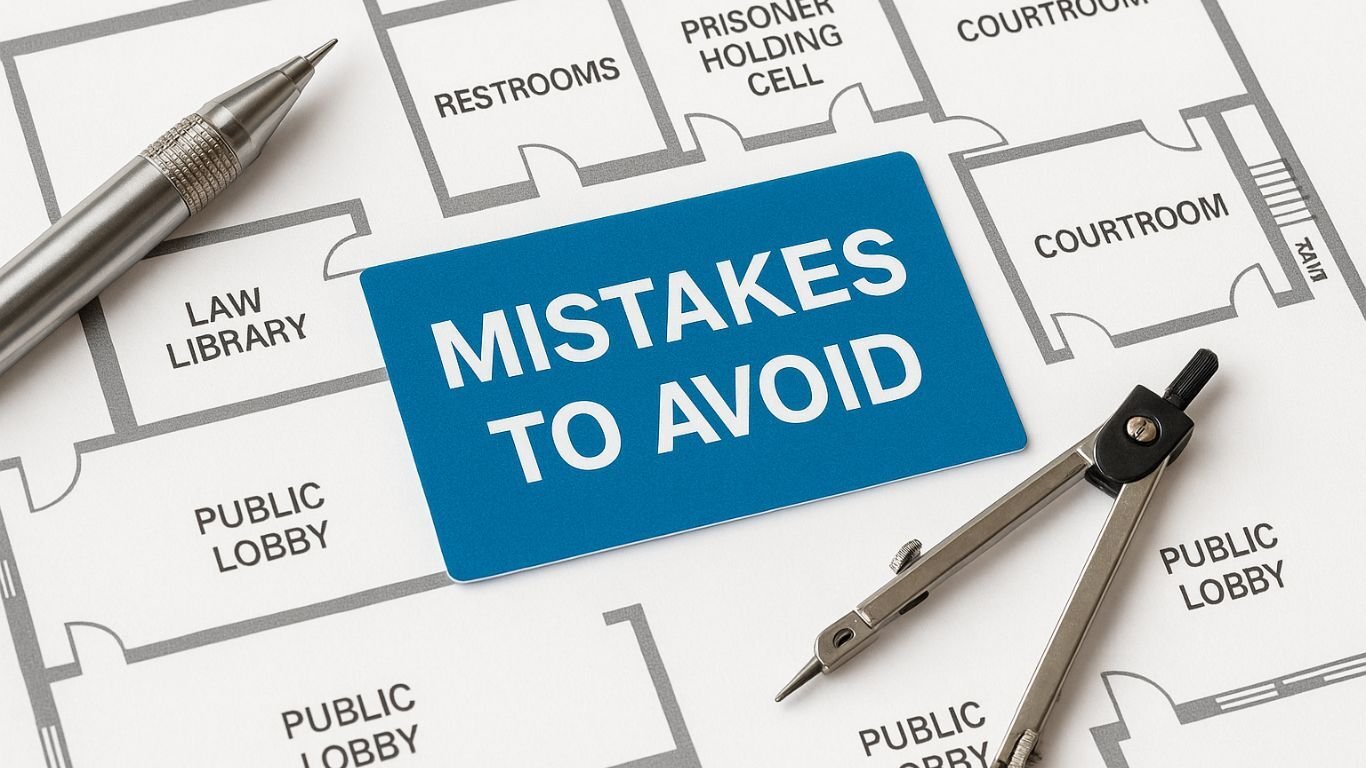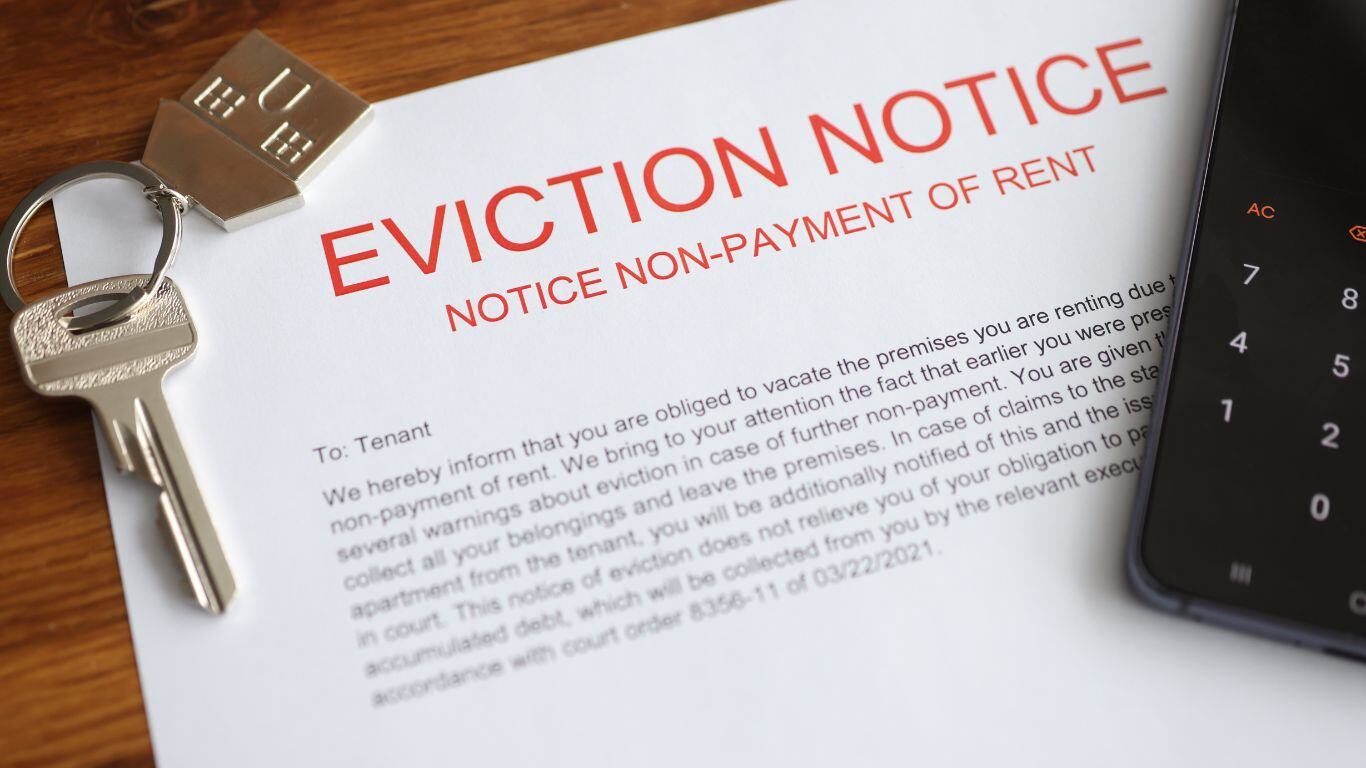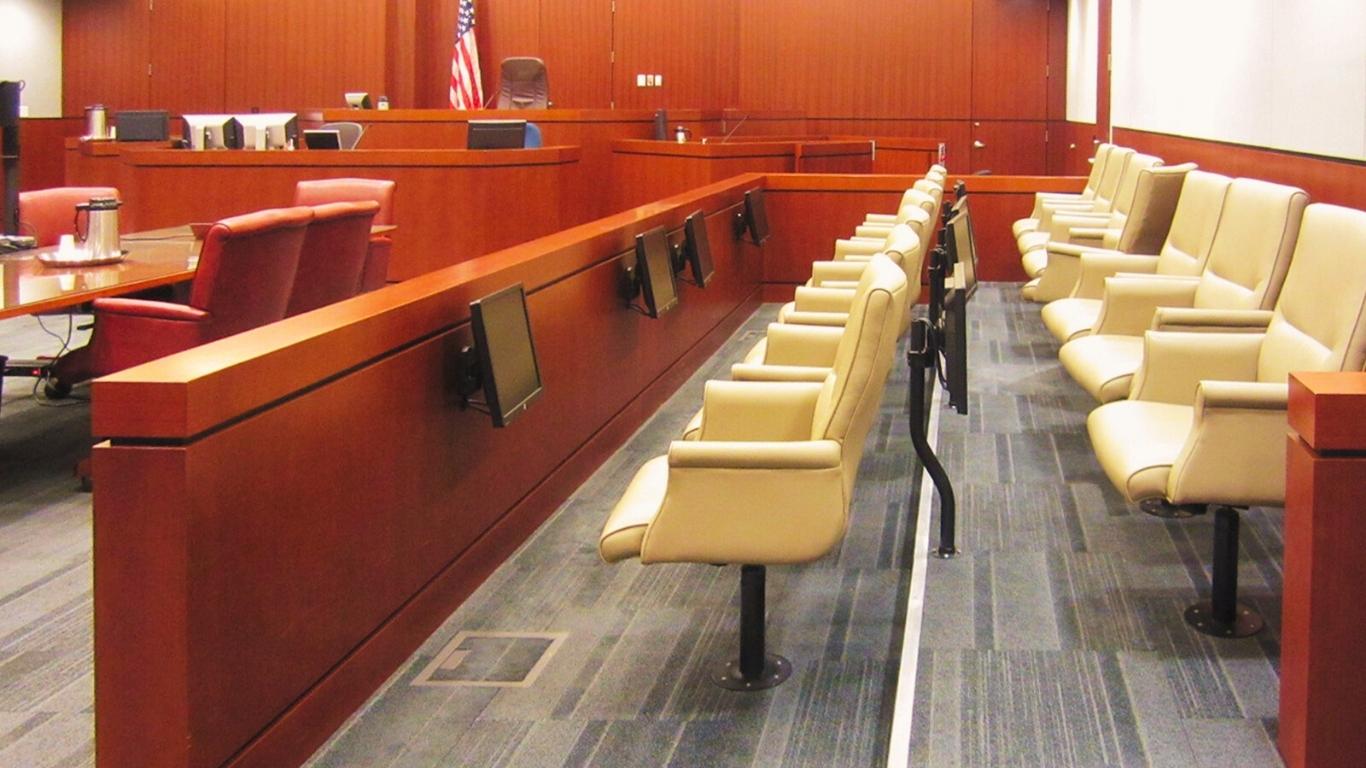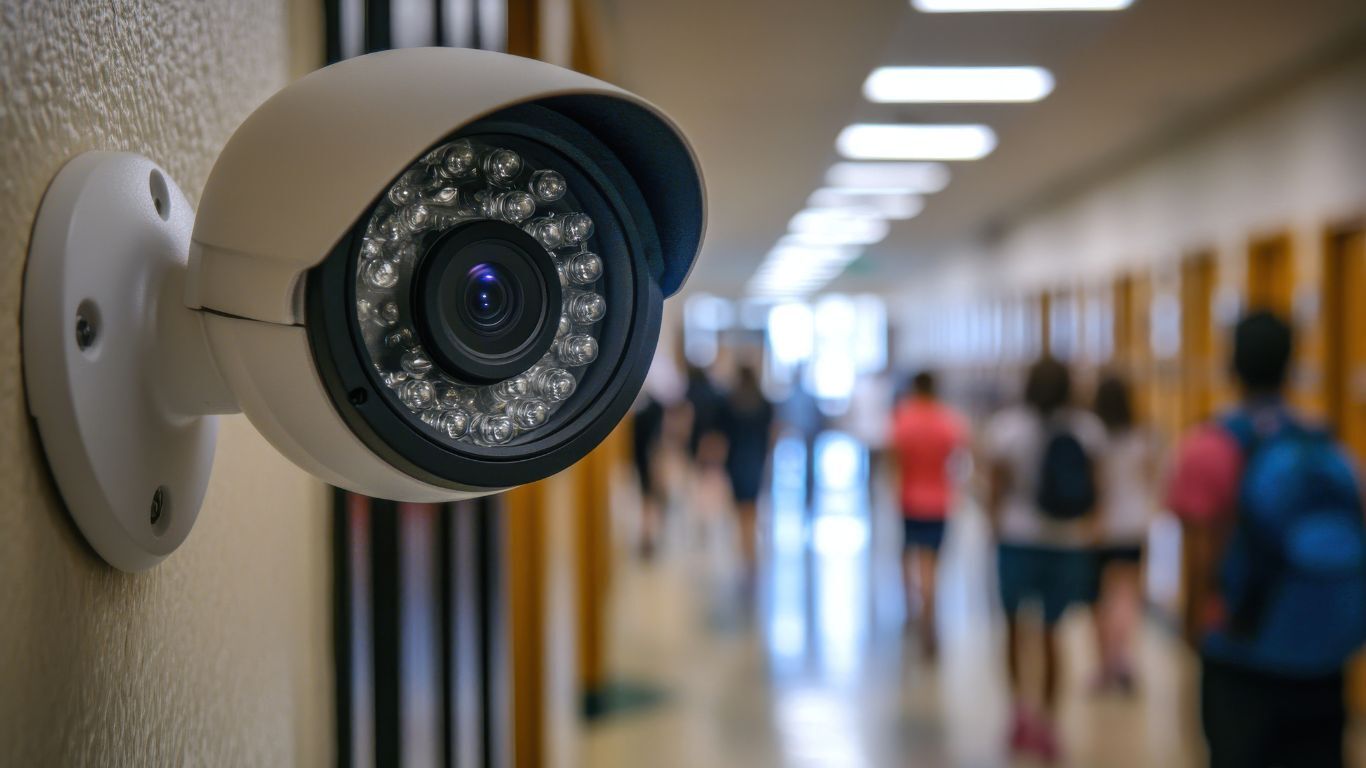Courtroom sharing means that there are fewer courtrooms than judges. This does not refer to occasionally borrowing a courtroom for a particular special proceeding or temporarily sharing when a courtroom is unavailable due to renovation. Courtroom sharing refers to a permanent situation where the policy is to have fewer courtrooms than judges.
Many judges argue that a courtroom is where life-altering – potentially life and death – decisions are made. Thus, a courtroom should not be subject to the scheduling conflicts that arise from sharing. Opponents of this view point out that surgeons deal with life-and-death decisions in shared operating rooms every day. So, why not share courtrooms?
To answer, I would like to share with you a story about a circuit court clerk considering a wide range of options for correcting infrastructure and circulation inefficiencies in the current courthouse, including a new one. The new courthouse concept includes four courtrooms intended to be shared by six judges in the court (see layout below).
 A share courtrooms proposal aims to save space and money by reducing the number of required courtrooms and using the newly built courtrooms more efficiently. She was not entirely familiar with this approach nor completely comfortable recommending it to her judges.
A share courtrooms proposal aims to save space and money by reducing the number of required courtrooms and using the newly built courtrooms more efficiently. She was not entirely familiar with this approach nor completely comfortable recommending it to her judges.
Her reaction is understandable.
There are currently several jurisdictions that share courtrooms by policy. Examples include courtrooms used by bankruptcy judges and magistrate judges for the U.S. federal courts. Some county and municipal courts also share courtrooms by policy and necessity due to long-term courtroom shortages.
However, when this topic arises in a court, it is often met with skepticism. This indicates that multiple issues must be addressed before deciding on a sharing policy for a court.
Three Factors When Considering Share Courtrooms
When I perform a study to consider the suitability of courtroom sharing, I address three basic factors:
- Court Culture: Although I have seen some courts share courtrooms by necessity, I believe it is essential to consider the culture of the court to be sure of a good fit. Do the judges have similar types of proceedings, or is there a mix of proceedings that require different sizes and arrangements for courtrooms? Is the pace of workload in the court frantic and fast-paced, or steady and predictable? What can be learned from analyzing case data, such as the settlement rate, number of trials, length of proceedings, delays and continuances, etc.? These are just a few questions to consider when determining whether a court can successfully adapt its culture to a sharing policy.
- Case Assignment Method: Some courts have judges specializing in certain types of proceedings, while the judges in other courts work on any available case. Still, other courts rotate case assignments routinely to create variety for the judges. Are proceedings scheduled far in advance, or is there more short-term scheduling? Are there reasons that proceedings typically start simultaneously, or can the schedule vary throughout the day? Understanding how cases are assigned gives you insight into whether shared courtrooms work in your courthouse.
- Courtroom Use Data: As part of a courtroom utilization study, courtrooms are monitored over a fixed period. I typically monitor over several weeks at random daily intervals to calculate a usage rate. Often, the data can be eye-opening. I have worked with courts that find it hard to believe how low the courtroom use is. Further, I have seen courts surprised by how often the courtrooms are used, especially on weekends and evenings. Generally, the concept of economies of scale most often applies. There usually are more opportunities to share courtrooms in courthouses that have a large number of courtrooms than there are courthouses with only a few.
To share or not to share? As I explained to the circuit court clerk, having courtrooms available when needed is a critical component of the American justice system. For this reason, sharing could be a good idea and work for her court if examining the three factors above clearly demonstrates that courtroom sharing is a viable option. Without such proof, it would not be wise for the court to pursue sharing.



